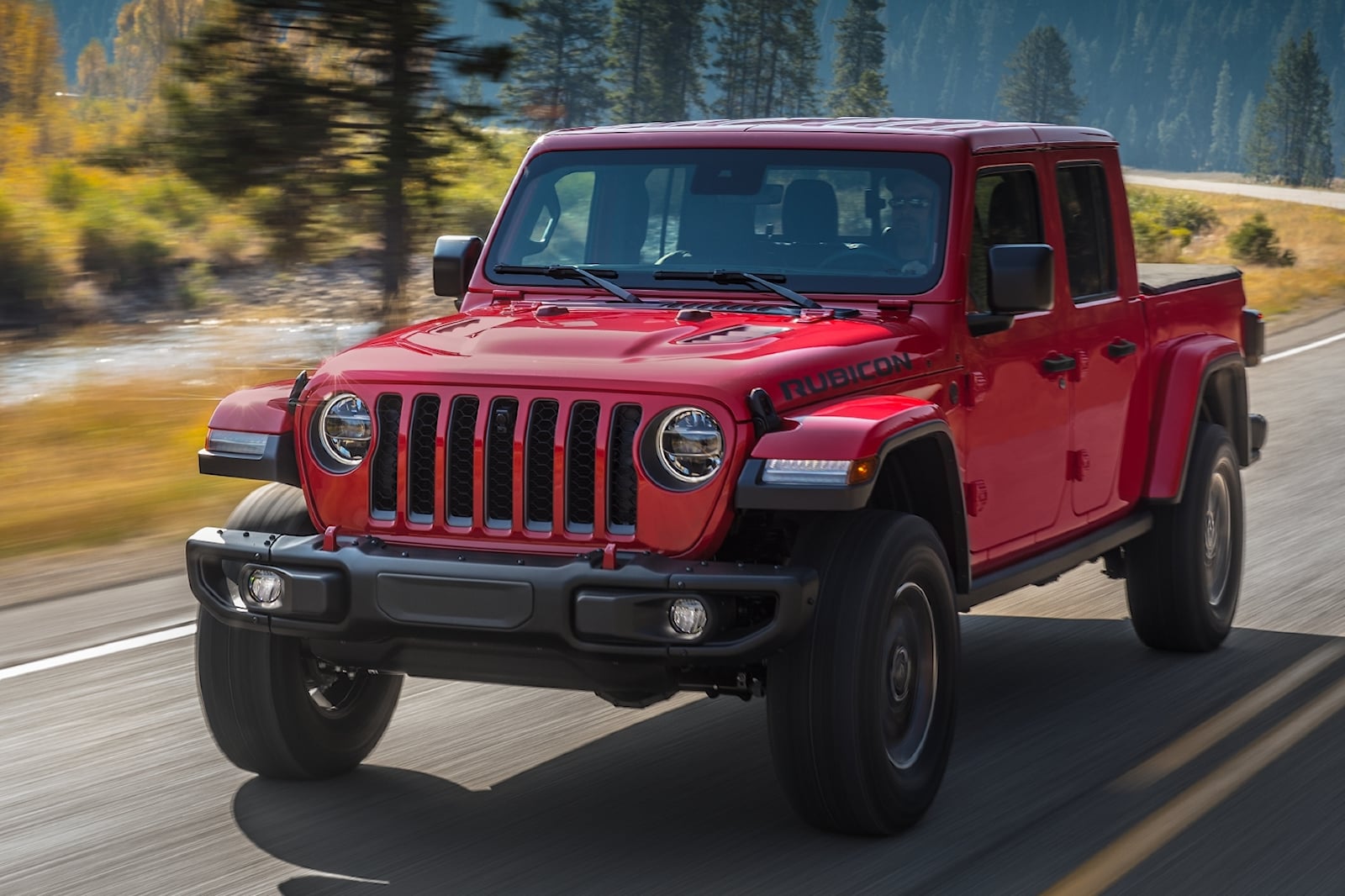
A similar fate awaited other marques, as consumers preferred bigger and boxier models that provided more interior space. Generous head- and legroom were essential considerations, and conserving fuel was practically unheard of, especially in the ’50s and ’60s when fuel prices went down.
For the next two decades or so, boxy cars were all buyers could find in the US, and they wouldn’t have it any other way. It didn’t matter whether people were in the market for a sedan, a hatchback, a pickup, an SUV, or a minivan. Slab sides and straight edges were a given.
A global oil crisis would mark the ’70s, consequently forcing automakers to dial back on the power in favor of efficiency, but exterior designs were essentially unchanged. By the early ’80s, the curved design trend in Europe began to reach North America, with customers associating the aesthetic with luxury since it was commonly seen on brands such as BMW, Mercedes-Benz, and Porsche.

